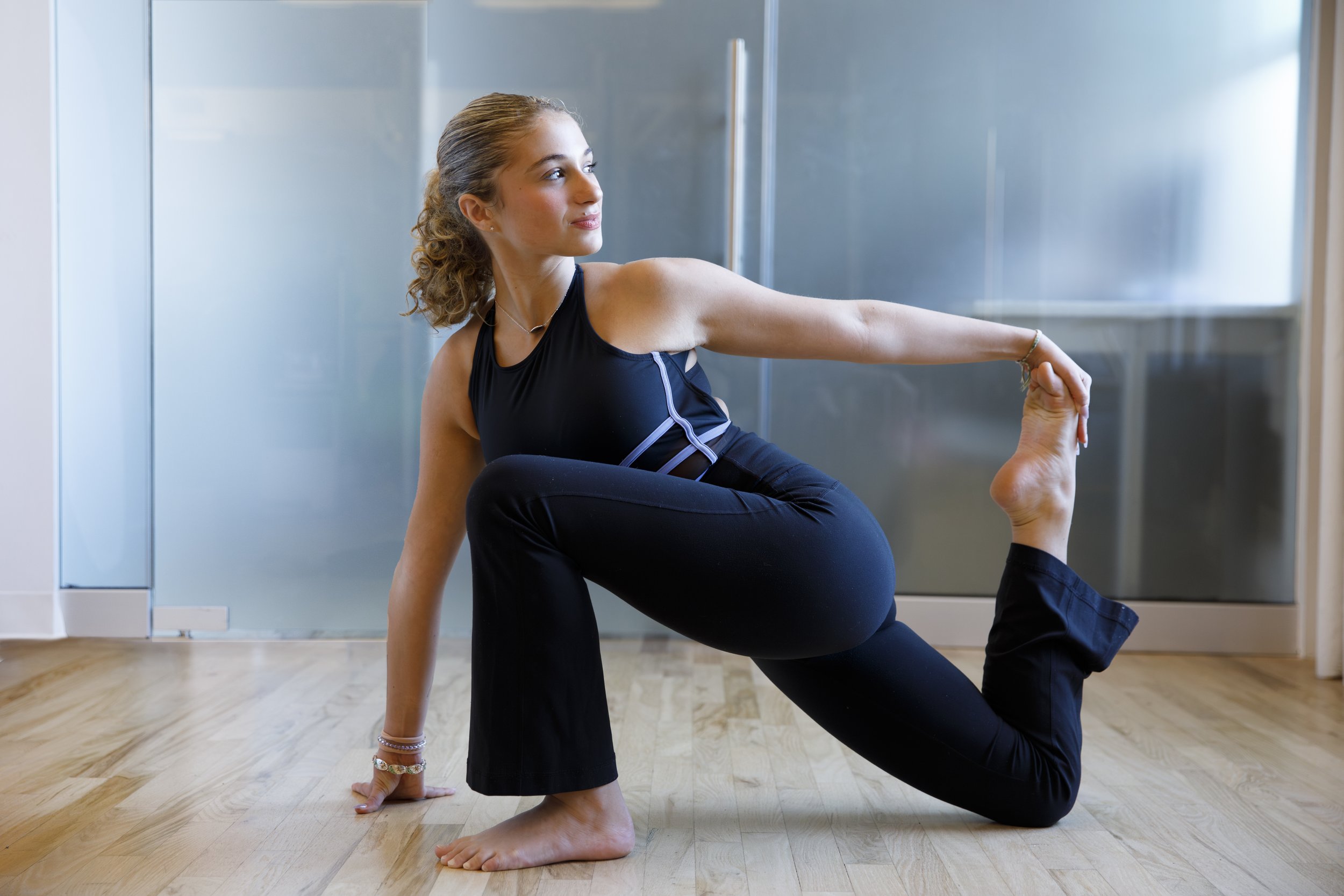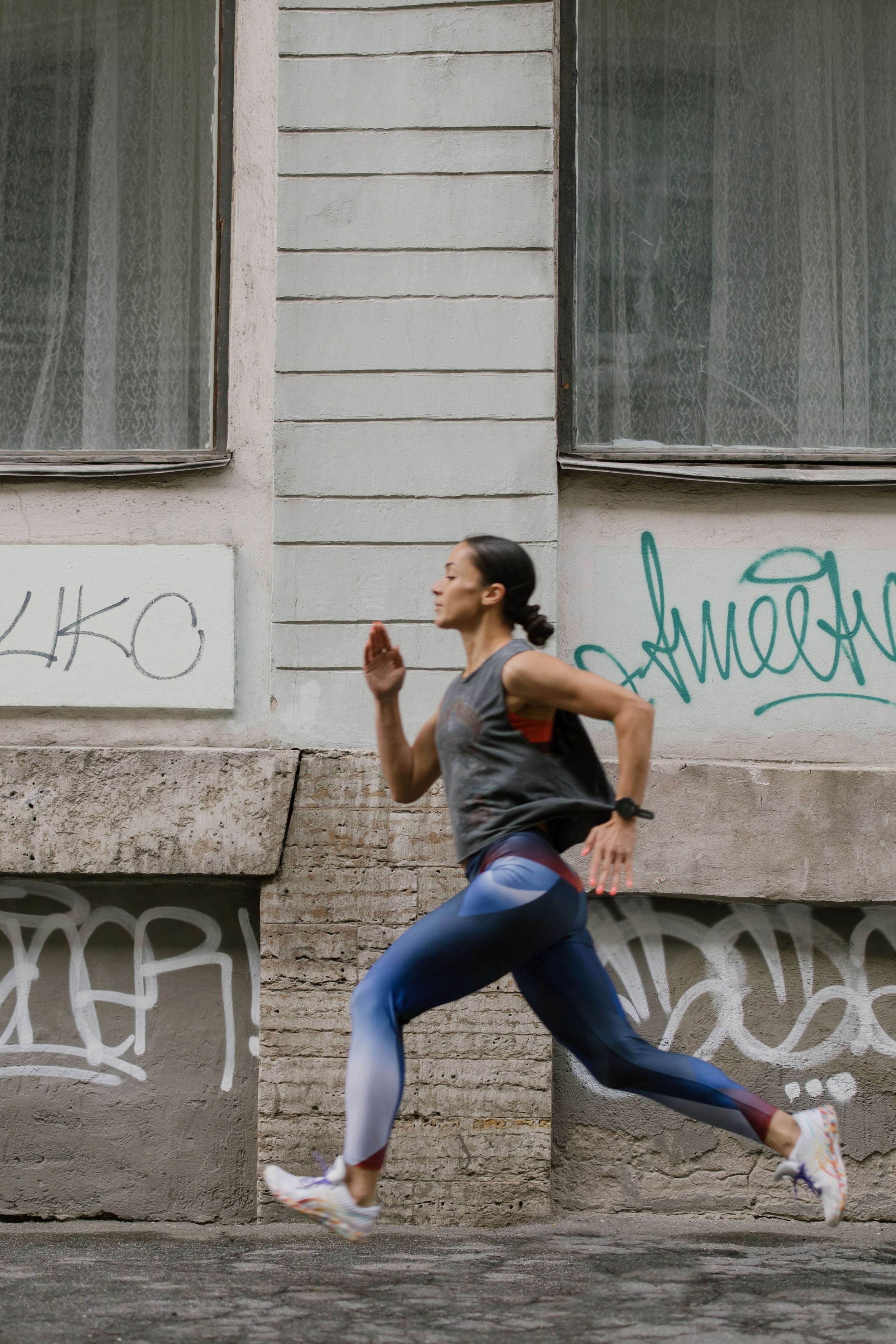
MANHATTAN’S LEADER IN TRANSFORMATIVE PHYSICAL THERAPY
Life is For Thriving.
ORTHOPEDIC REHAB
PELVIC HEALTH
SPORTS MEDICINE
NEURO REHAB
CLINICAL PILATES
ABOUT THRIVE INTEGRATED PHYSICAL THERAPY
Where Life and Physical Health Connect.
Every body has a story to tell and at Thrive Integrated Physical Therapy we believe that your path to wellness begins with understanding yours. Our objective is for each patient to understand his/her injury on both a medical and practical level so we can help them chart a manageable course back to wellness. Our therapists will listen to your story, learn about your symptoms, and perform a holistic evaluation.
OUR TEAM
Physical Therapists Dedicated to You.
At Thrive, our goal is to create the time and space for you to heal, develop strength, and get to a better version of yourself. Working one-on-one during our 1 hour sessions, we can examine not only the area of concern that brought you in but any other referring systems that may be contributing to your situation. In other words, we treat the “whole you”.
CLINICAL SPECIALTIES
Thrive in every phase of life.
Our evidence-based, patient-centered approach is purpose built to not only meet, but exceed your personal health goals.
SPORTS
INJURY
Whether you are recovering from injury or surgical intervention - we can help you recover, reduce your risk of re-injury, and get you back to a higher level of function and performance.
SPINAL DYSFUNCTION
Your spine plays a central role in your overall well-being, and we are committed to helping you overcome spinal dysfunction.
PELVIC
HEALTH
Work with us to stabilize this complex system of muscles to improve core strength and control over urination, bowel movements and sexual function.
NEUROMUSCULAR INJURY
Whether you're managing conditions like stroke, multiple sclerosis, or nerve injury, we are here to offer highly specialized therapies to enable better control, mobility, and independence.
HIP PATHOLOGY / INJURY
Dealing with hip pain, limited range of motion, or recovering from hip surgery can feel overwhelming. Our team will work with you to a place of pain-free mobility and strength.
TMD - TMJ
DYSFUNCTION
If you are experiencing jaw pain, headaches, or difficulties with jaw movement, it could be time to connect with our therapists to find relief
MORE →
‘I cannot recommend Thrive highly enough! I came here after having ACL surgery and the care I received was absolutely top notch.’
— KYRA W.
‘Amazing results from my therapy at Thrive. Had significant back, hip and leg pain, which my therapist methodically, logically and effectively diagnosed and treated.’
— NOAM B.
‘Amazing results from my therapy at Thrive. Had significant back, hip and leg pain, which my therapist methodically, logically and effectively diagnosed and treated.’
— NOAM B.










